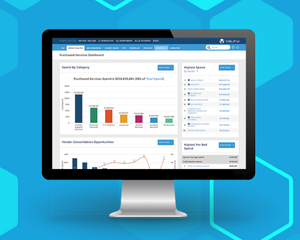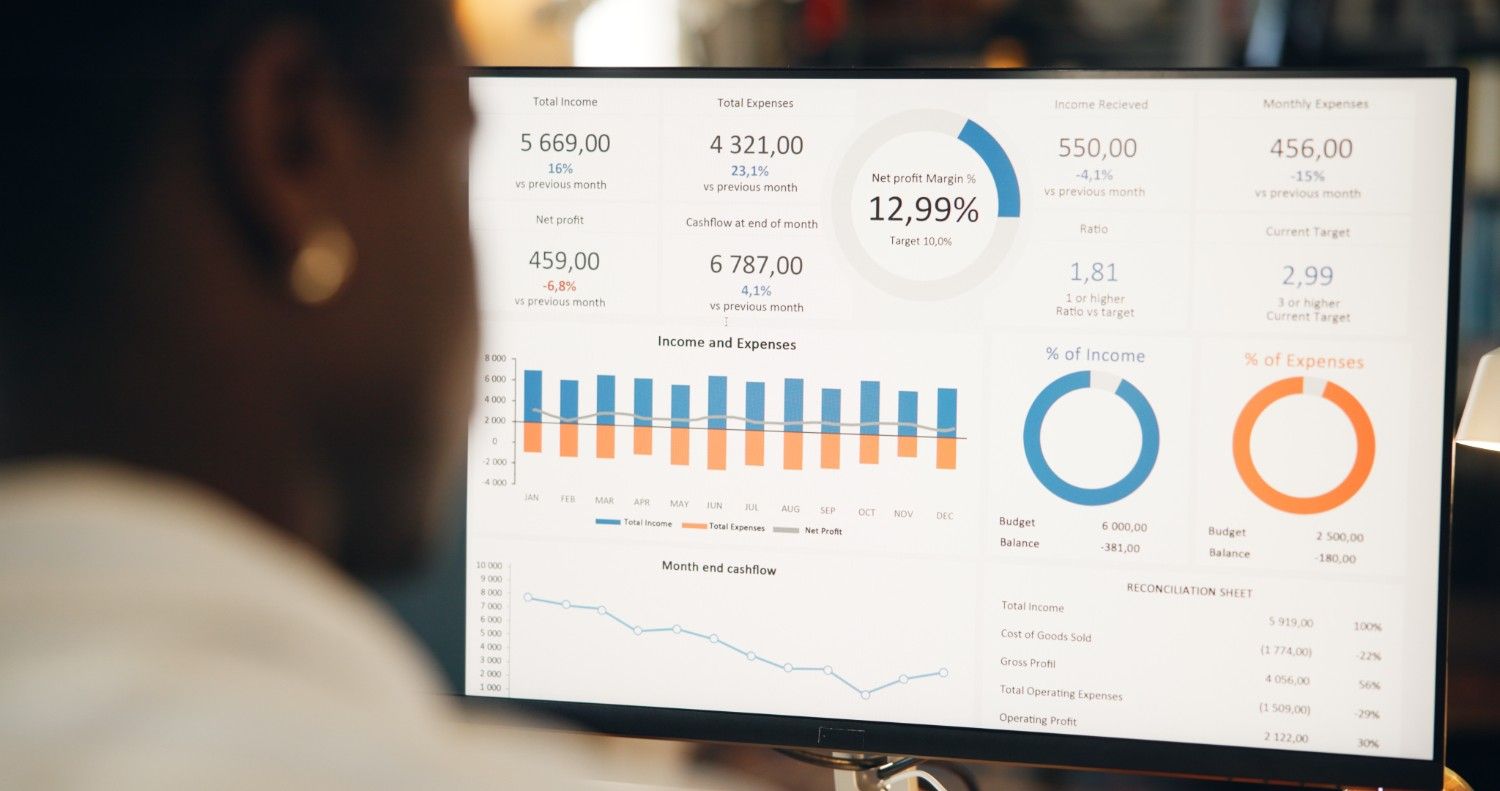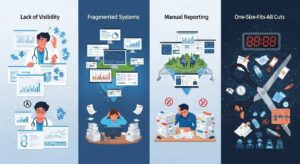Many healthcare organizations enter the budget season with a familiar challenge: how to stretch limited resources while still delivering exceptional care. Purchased services are often overlooked in this process, even though they make up more than half of non-labor spend in many systems.
This playbook is for healthcare executives, supply chain leaders, and finance teams preparing for the next budget cycle. If purchased services have been overlooked, now is the time to refocus. In this post, we’ll share practical strategies to help you identify hidden inefficiencies, reduce spend, and lay the groundwork for the year ahead.
Why purchased services should be part of your strategy
Hospitals are under growing pressure. Inflation, tariffs, and rising costs continue to squeeze already tight budgets. At the same time, staffing shortages are making it harder for teams to gain traction. Many departments are being asked to do more with less, and that includes supply chain.
One persistent challenge is that purchased services often fly under the radar. While leadership may assume supply chain has it covered, not all purchased services categories fall within their scope. Without visibility, contracts can remain fragmented, siloed, or simply unnoticed. For instance, in working with one of our Valify clients, we discovered a vendor agreement that had been auto-renewing since 1989!
These blind spots can cost healthcare organizations both time and money. With the right tools and support, they can turn into wins. Purchased services may be the most unrecognized opportunity many hospitals have available today.
Four tactics that work
If you’re ready to get serious about optimizing your purchased services spend, here are four tactics that can strengthen your strategy heading into the next fiscal year.
Leverage your GPO contract portfolio
If you need to change vendors, GPO contracts are one of the best ways to accelerate that process. Valify gives you access to a broad portfolio of pre-vetted agreements through Valify Solutions Group (VSG), our preferred supplier network, so you can source more quickly and confidently.
This kind of access helps hospitals move away from outdated or underperforming contracts and into agreements with stronger pricing, better service terms, and clearer accountability. It’s one of the quickest buttons you can push when you’re looking to drive near-term savings.
Use benchmarking beyond pricing
Benchmarking isn’t a once-a-year activity. It should be used throughout the year to monitor pricing drift, identify outliers, and uncover contracts that may have gone unchecked for too long.
Smart benchmarking goes beyond unit costs. With Valify’s GPO-agnostic data and category-specific insights, you can benchmark against a wide slice of the market. That allows you to evaluate fragmentation and compare your spend across vendors and peer systems.
These insights give you a stronger position at the negotiation table and help you avoid overpaying simply because of legacy contracts or inertia.
Prioritize based on potential impact
Not all savings opportunities are worth your time. When bandwidth is limited, the key is to focus on the categories where you can move the needle.
Features like Valify Score make this easier by highlighting spend spikes and surfacing categories where sourcing intervention could lead to immediate returns. This is especially useful when you need to justify your efforts to senior leadership or build alignment around your roadmap.
Bring in advisory support
Hospitals that lack capacity or internal expertise may benefit from outsourcing their purchased services strategy. Valify’s Advisory Services group works alongside your team to assess opportunities, engage with stakeholders, and drive implementation.
There’s no upfront cost to get started, which makes this support accessible for organizations of all sizes. Advisory teams can help you uncover priority areas, secure executive buy-in, and manage complex negotiations — all while ensuring the work gets done.
Valify Powers Progress
If you’re using this planning season as a time to course correct or uncover hidden opportunities, now is the perfect time to tap into some of Valify’s features. These capabilities can help you gain insights faster, hold vendors accountable, and share findings more effectively across your team.
AI Spend Insights

This feature combines the strength of Valify’s data platform with custom AI support, allowing users to interact with their spend data like never before.
You can ask questions to explore spending trends within a category, drill down by vendor or facility, or spot outliers that might otherwise be buried in spreadsheets. Even better, AI Spend Insights can return results in the form of custom charts and reports, making it easy to share findings with stakeholders or prepare for executive conversations.
Workplan
Workplan tracks how actual spend is trending against what’s been contracted, making it easier to spot when something starts to drift.
By catching these issues early, you can course correct before costs accumulate and throw off your budget. It’s a valuable way to hold vendors accountable to their agreements and stay ahead of unexpected costs.
Marketshare View
This feature shows you how much leverage you have based on your spend relative to the total market.
Let’s say the total market for a supplier is $1 million, and your organization accounts for $900,000. That puts you in a strong position when it comes time to negotiate. Marketshare View adds context that makes benchmarking more actionable, helping you understand your influence, not just your spend.
Combining these together can increase the accuracy of your decisions and help you act on insights with greater speed and confidence.
Plan smarter for the year ahead
No matter what challenges your team faced this year, your next budget cycle is a chance to reset and build momentum.
Whether you need the right tools, proven tactics, or expert support, Valify is here to help. Now is the time to bring more clarity and control to your purchased services strategy.
Schedule a complimentary demo today to see what’s possible.

Les Popiolek is the Chief Executive Officer for Valify and Valify Solutions Group. In addition to serving as Valify’s chief operating officer from 2017 to 2019, Les Popiolek has held prominent roles in healthcare group purchasing for over twenty-five years.





